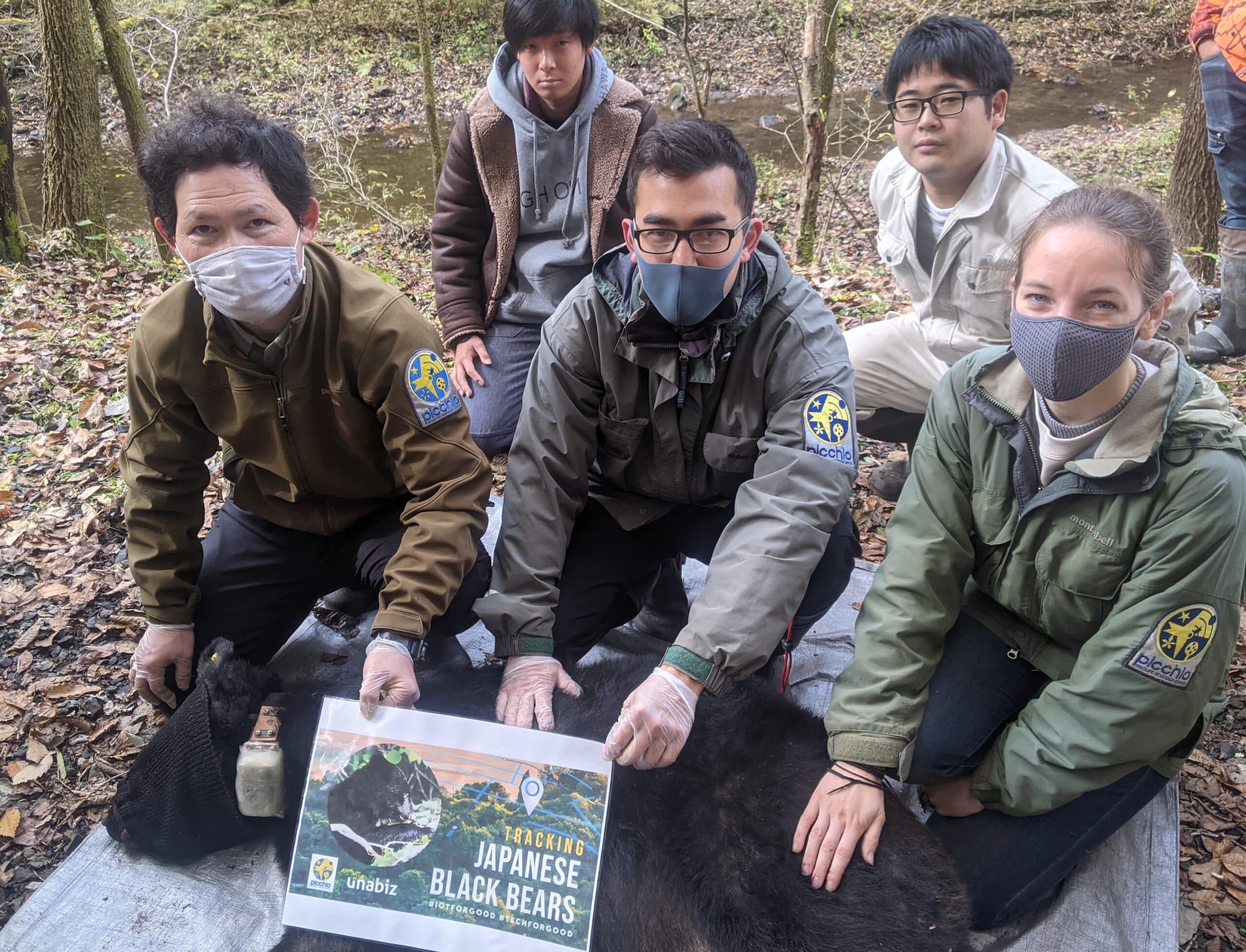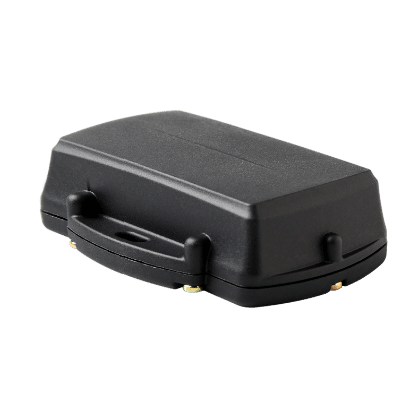Asiatic Black Bear Management in Japan with the Yabby Edge
Picchio Wildlife Research Centre is protecting both humans and Asiatic black bears and enhancing conservation research methods in Karuizawa, Japan using battery-powered IoT asset tracking.
Enhancing Conservation and Research Methods with IoT Asset Tracking
Picchio has been operating guided nature tours and conducting Asiatic black bear conservation in the thriving resort town of Karuizawa, Nagano for over two decades. Nestled in the forests of the Joshin’etsu-kogen National Park, Karuizawa is not only a popular tourist destination, but also a potential habitat for the local population of Asiatic black bears. While these bears are generally shy and rely mainly on plants for food, there are cases in which the close proximity between humans and bears can lead to bear-related damages or in the worst cases, human injury.
Picchio’s Asiatic Black Bear Conservation focuses on the management of each individual bear using VHF collars, the Yabby Edge battery-powered asset tracker, and trained bear-dogs to substantially minimise these negative encounters with bears and reduce bear-related damages.
“By keeping regular track of locations, we are able to identify bears which pose a risk in advance and carry out appropriate countermeasures to prevent them from coming into conflict with humans,” says Gen Oshima, Human-Bear Conflict Specialist & Bear Dog Handler at Picchio. “At the same time, we continue to search for new and improved methods of coexistence to protect people and conserve bears.”
GNSS data captured by the Yabby Edge allows Picchio to continuously track individual bears to pre-emptively maintain a suitable distance between the animals and residential areas. Collecting movement patterns and behavioural data also contributes to the overall study of these often misunderstood animals.
Yabby Edge for Asiatic Bear Tracking
To better monitor and manage the population of black bears, Picchio required an affordable, reliable, long-life battery-powered asset tracking device with at least 3 years of battery life and minimal size and weight. To protect the welfare of the animal, the collar and device cannot weight over 5% of the bear’s total body weight.
“It was very difficult to find devices that fit our requirements,” says Mr. Oshima. “We checked more than 50 cellular devices and non-cellular devices (LoRaWAN®), all over the world.”
Connectivity and certification were also a challenge, as cellular coverage is limited in the surrounding forest and many modules are not certified for use in Japan.
Utilising the latest in low-power components and cloud-based location solving, Picchio selected the Yabby Edge due to its reliability, industry-leading battery life, compact form factor, and future-proof LTE-M connectivity.
Featuring 10+ years of battery life on 3 x AAA batteries, the Yabby Edge supports GNSS, Wi-Fi MAC Address Scanning, and Cell Tower Location and operates on global LTE-M/NB-IoT networks. Designed specifically for the IoT, LTE-M networks offer better network coverage, penetration through urban and forest environments, and longer battery life than sunsetting 3G and existing 4G (Cat-1) networks.

“The Yabby Edge offers several distinctive cost and reliability advantages over the collars that we have been using so far,” says Mr. Oshima, “such as coverage in the deep forest and the ability to locate animals at specific times of the day. Furthermore, the solution is almost 7 times lower in cost than the existing solutions we have tested.”
Picchio is currently tracking 30 Asiatic Black Bears. The programme is the first stage in a bigger project to track other wildlife, such as monkeys, which represent a much larger animal population in the area. The project will help to minimise the reduction of agricultural damages to locals while also ensuring that the species is not overhunted.



